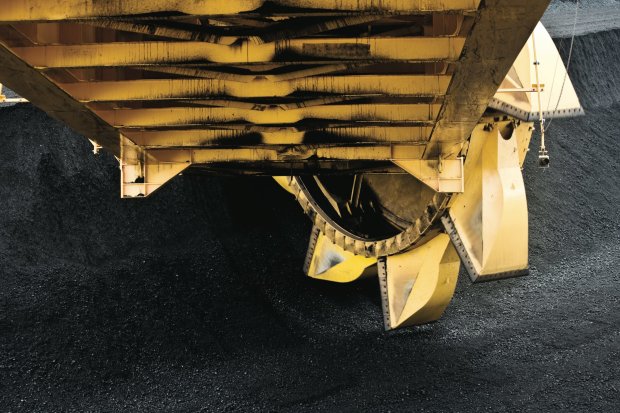US coal exports dropped 26 per cent last year from 2019, as the pandemic dented global demand and US mines were idled, the Energy Information Administration said.
The Washington-based EIA said overall coal exports fell to 69 million metric short tons (MMst), a 26 per cent decrease from 93 MMst in 2019.

More specifically, the EIA said thermal coal exports, which accounted for 40 per cent of the total, declined by more than one-third, dropping 34 per cent from the previous year to 27 MMst. Metallurgical coal had a smaller, but still significant, decrease of 20 per cent.
“The COVID-19 pandemic slowed global demand for coal, and some US coal mines were idled for extended periods to slow the spread of the virus. Coal exports decreased significantly in April 2020 as the United States and countries around the world responded to the pandemic,” the US government agency said.
Most US thermal, or steam, coal comes from the Powder River Basin in Wyoming and Montana. Most US metallurgical coal comes from Appalachia.
As US exports of both coal types decreased, more of the exports went to fewer destinations in 2020, the IEA also reported.
In 2020, the top five export destination countries for US thermal coal accounted for 73 per cent of the total, which is up from the previous four-year average of 54 per cent.
Four of the top 10 US coal export destinations—Brazil, Turkey, the Dominican Republic, and China—increased their imports of US coal in 2020.
US coal exports to Japan decreased by 45 per cent and to the Netherlands by 43 per cent. The Netherlands serves as the primary transshipment hub for the European Union, importing coal and then sending it to other EU countries.
In a report this week, Liberum Capital sounded a bearish note on the outlook for coal prices.
“All met-coal’s seaborne product prices lifted into 2021, on the back of the rally in steel demand/prices. The current $US110-145/t fob Aust (semi-soft; PCI, HCC) product range is above the marginal cost of production for this industry (about $US135/t fob Aust., HCC).
“At this price level, exports from the US (trade’s swing supplier; 28Mtpa; 10 per cent of trade total) can potentially double.”
Longer-term bear points for met coal are the “greening” of steel production and the potential sale by BHP of its BMC assets, Liberum said.
Liberum also saw headwinds for thermal coal: “Prices have just bounced, but we remain bearish on the thermal coal’s price/demand outlook. Major govts seek to diversify fuel options; new supply capex has collapsed; seaborne’s trade is set to shrink over the long-term.”


